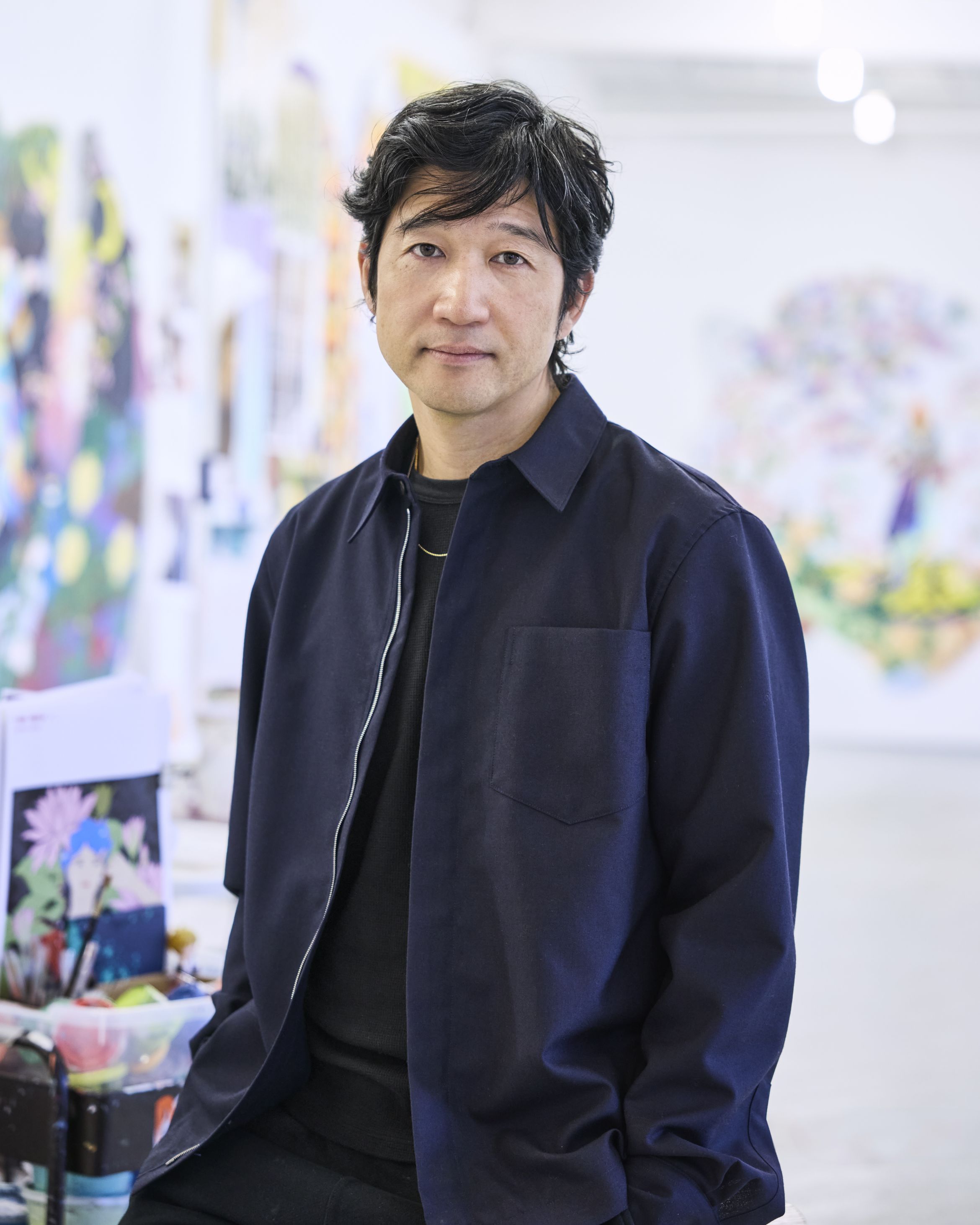“The idea behind my work is to create a lens through which the viewer can study the hybrid condition of our culture.”
Cultural identity in a post-internet age.
Tomokazu Matsuyama, also known as Matzu, creates energetic pop-inspired artworks that muse on cultural identity in the age of the internet. Having grown up between Japan and America, Matzu explores the personal implications of cross-cultural identity for a globalised generation. His bright, acrylic and mixed media paintings move freely between abstraction and representation, and merge Eastern and Western art histories – from Pop Art, graffiti and Manga to the Edo and Meiji eras, French Renaissance painting and classical Greek and Roman sculpture. Matzu’s canvases are rarely rectangular. Instea...
Bio
Tomokazu Matsuyama was born in 1976 in Japan and is now based in Brooklyn, New York.
Studio
A New Yorker of more than two decades, Matsuyama cites the city's rich amalgam of cultures, values and visual codes as his reason for staying.
Did you know?
He used to be a professional snowboarder, which he compares to art as both pursuits present the opportunity to express himself.
Watch
- 03:00
- 01:34
- 00:55

